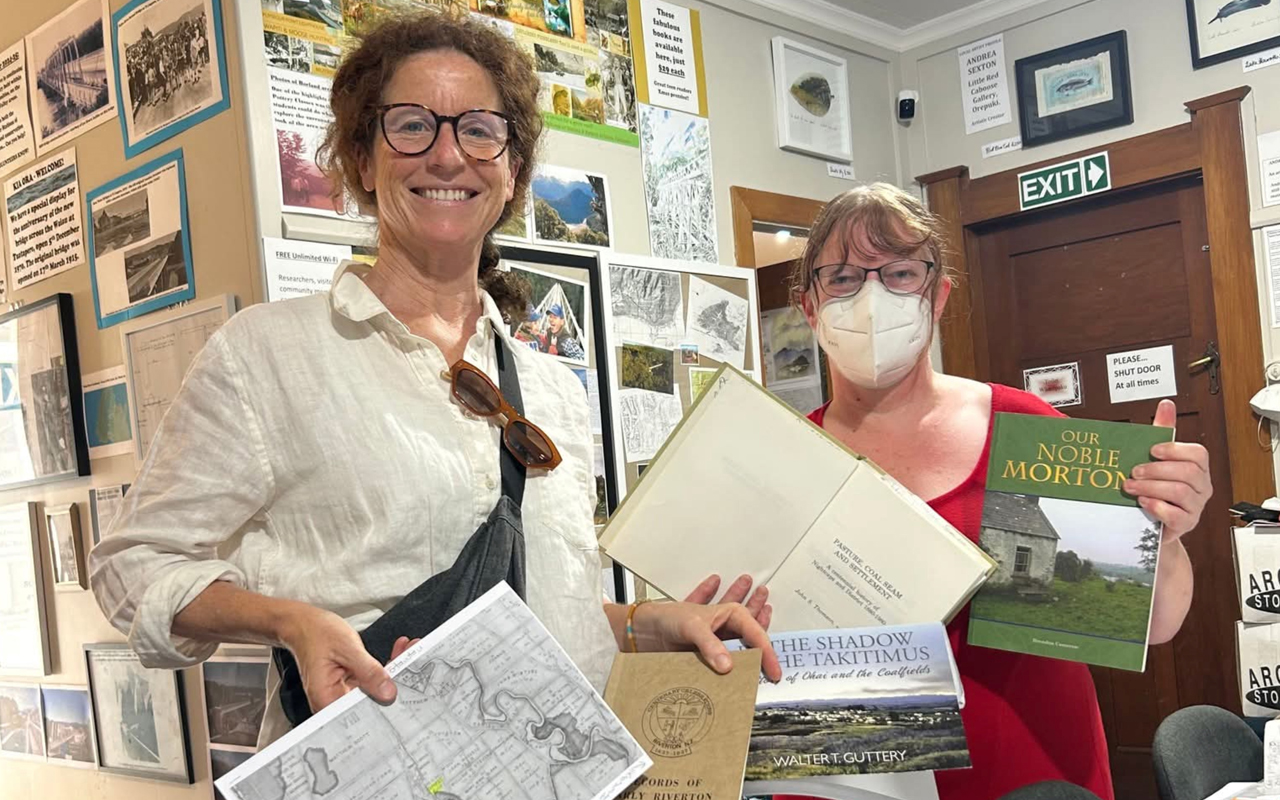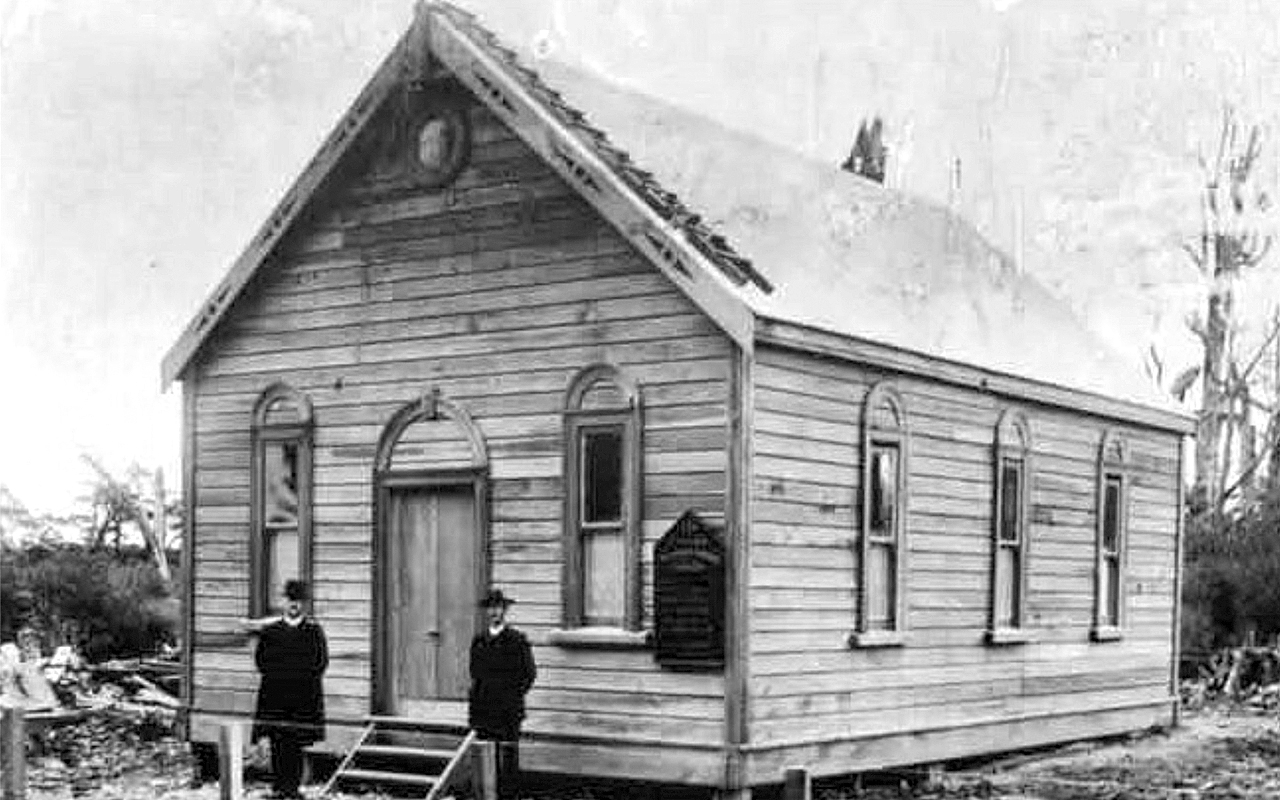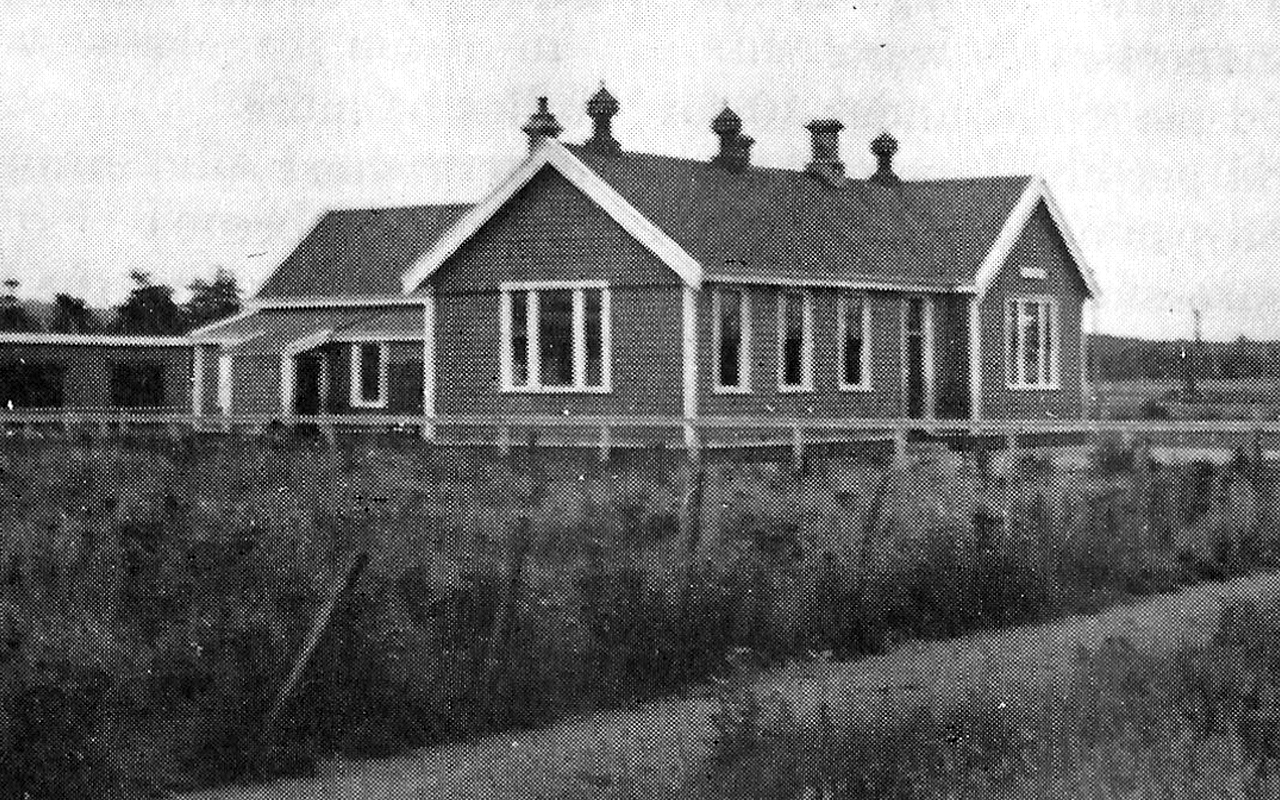Tuatapere – A Blast From The Past – Roll Call For School Reunion
Sue Fea © the Southland App
24 June 2025, 7:25 AM
 First day pupils at Tuatapere School, 1910. Photo: Central & Western Archives/Supplied
First day pupils at Tuatapere School, 1910. Photo: Central & Western Archives/SuppliedThe intrigue of Tūātapere’s rich history and “Central & Western Archive” is capturing audiences from around the world with a Lotteries Grant-funded study now exploring ways to expand.
Local CWA Online Museum and Heritage Hub manager Suzie Best says the town’s unique heritage efforts have even been featured in international studies on rural histories.
More than 1600 people have visited the new Heritage Hub since it opened 18 months ago in a town with a population of only about 500.

CWA manager Suzie Best (right) with a family history researcher at the Central & Western Archives. Photo: Central & Western Archives/Supplied
“We get people from all over the world, from Invercargill and Bluff, all for a koha."
"People are just fascinated with what we’re doing here,” Suzie says.
“We’ve been told we’re the first little, not-for-profit community archive,” Suzie says.
“It was a struggle to get funding to start, but then people wanted us to store their historical records so we’re now a Heritage Hub after being ‘gifted’ the Awhina Whānau old Plunket Rooms for $1.
When Southland District Council staff members visited one said every wee town should have one of these to preserve their archives,” Suzie says, proudly.
It's community owned and run by 15 local volunteers with other locals dropping baking off to the team and mowing the lawns, local schoolkids also volunteering after school.

School lessons started at Tuatapere's Cymric Hall in 1910. Photo: Central & Western Archives/Supplied
“We have a big historical library with thousands of research resources and people doing genealogy, families, school groups all come. We had a vision, but we never expected it to be as big as this. It’s blown our socks off,” she says.
“We can get 25 people a day through the Hub, here on the State Highway 99 Scenic Route.”
A generous $28,000 Lottery Community Facilities grant has enabled the group to hire a professional consultant to look at where to next for their building and liaise between the Hub committee and Southland District Council so that they have a case to apply for more grant funding to expand.
To add to the already extensive collection and exhibits, more old photos and fun yarns are being called for as Suzie and others start planning yet another Tūātapere School Reunion.
This one will mark 50 years since the combined school split in 1977 into a newly built Tūātapere Primary School and Waiau College was born, expanding on the original school site.
Suzie has been passed the baton to kickstart reunion plans to mark the 50th Jubilee in 2027 after the recent passing of the town’s main preserver of school reunion history, local legend, Margaret Thomas.

In 1911 school lessons were moved from Cymric Hall to the Methodist Church as there as better playground access and “less distractions”. Photo: Central & Western Archives/Supplied
Also, the CWA Heritage Hub patron, Suzie says Margaret’s shoes will be big ones to fill but she urged them just before she passed away suddenly in April to get started with the 50th Jubilee celebrations.
“We’re now seeking expressions of interest from anyone who can help, and want more old school photos, records and memories to contribute to our 2027 event,” Suzie says.
“We’ll wait for feedback before determining the programme, but we’ve been given all of Margaret’s records and information."
"We’re all at a bit of a loss without her. She did so much,” Suzie says.
“As the school librarian for many years, Margaret helped organise past reunions, and the Waiau District Schools Centennial in 2010.”
From popping in to mind the Hub while the volunteers had lunch to RSA secretary, and local Pottery Club organiser, Margaret also had a political side, a former teacher very involved regionally and nationally with the New Zealand Education Institute Te Riu Roa union of the day.
She was also a former chair of the local community board, and much more.
Suzie and her band of Hub volunteers have already gathered plenty of fascinating detail about the school’s, and the town’s, history.
The original school opened on 19 June 1913, after lessons started at the back of the Cymric Hall in 1910, moving to the Methodist Church in 1911 with better playground access and “less distraction”.

Tuatapere School in the 1930s. Photo: Central & Western Archives/Supplied
“The Billiard Rooms were right next door to the back of the hall and the walls were thin back then so what the kids could hear wasn’t always desirable,” Suzie grins.
The Southland Education Board had visited Western Southland in 1909 after concerns that there were “12 children within a mile of Tūātapere Railway Station”, with that number likely to be 30 within six months.
With huge sawmilling growth in the area the school already needed expanding by 1914.
The first head teacher was Hugh McFeely, who worked with infant mistress, Mary Irwin.
Hugh had to take two years leave of absence to join the Armed Forces and fight overseas in World War I, a Mr McKenzie stepping in.
Hugh’s own diaries outline arriving to his new job by 8pm train in June 1910, to discover there was no school building yet and he was to teach his “small flock” in the very chilly Cymric Hall.
He recalls the community gala day opening, by which time the roll was already increasing rapidly.
Stories from past reunions include those of a post-World War II teacher, who pupils, about to be disciplined, quickly learned to distract by asking about the war.
This caused him to forget the discipline altogether.

Waiau College was built in 1977. Photo: Photo: Central & Western Archives/Supplied
Spelling of pupils’ names was how it comes, some members of the same family to this day having different surname spellings.
“The Births, Deaths and Marriages clerk in Winton mustn’t have known how to spell them so taken a guess,” Suzie chuckles.
With 41 local students in high school outside the district, Waiau District High School was established in 1945 with Mr M.P. Lyng as principal.
That opened with two box classrooms transported from other closed schools and, with a lack of room, classes were also held at the Buffalo Hall.
There was no staffroom, nor any staff toilets.
The new school was built in 1953 with multiple extensions over the years before Waiau College was started in 1977.